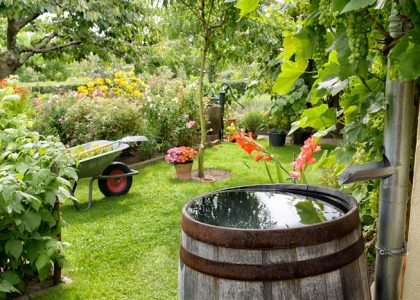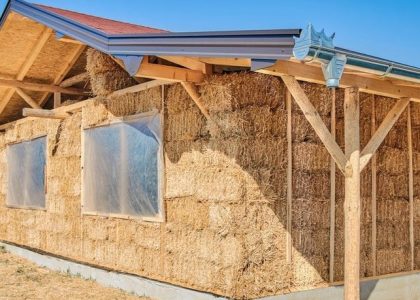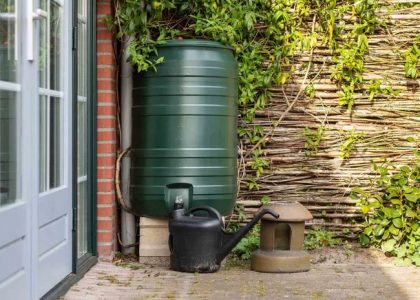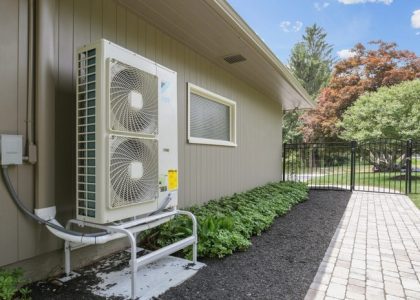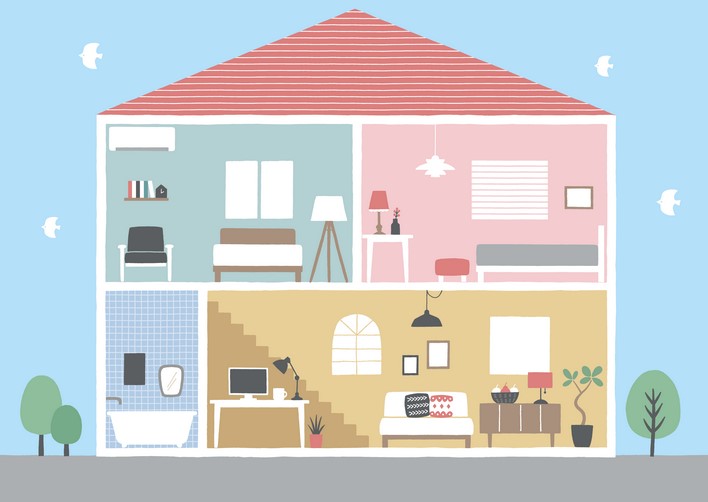
As energy costs continue to rise and the focus on sustainability grows, homeowners are increasingly looking for ways to make their homes more energy-efficient. One of the most effective ways to achieve this is through energy-efficient home retrofits. These are upgrades or improvements made to existing homes to reduce energy consumption, improve comfort, and lower utility bills. Whether you’re looking to improve insulation, upgrade lighting, or make small adjustments to your heating and cooling systems, retrofitting your home can lead to significant savings both in the short term and over the life of your home.
The beauty of energy-efficient home retrofits lies in their simplicity and versatility. These upgrades don’t require a complete overhaul of your home; in fact, many energy-saving retrofits are straightforward and relatively easy to implement. By investing in these improvements, homeowners can enjoy reduced energy bills, increase the lifespan of their home systems, and even contribute to environmental sustainability.
Key Energy-Efficient Retrofits for Your Home
Making your home more energy-efficient doesn’t necessarily mean investing in major renovations. There are several simple and affordable upgrades that can have a substantial impact. Here are some of the top energy-efficient home retrofits that can bring big savings without the need for drastic changes:
1. Upgrade Insulation and Seal Gaps
One of the primary causes of high energy bills is poor insulation and air leaks. Inadequate insulation in your attic, walls, and floors allows warm air to escape during the winter and cool air to leak out during the summer, causing your HVAC system to work harder to maintain your desired temperature. Sealing air leaks around windows, doors, and ductwork can also prevent drafts and reduce energy waste.
By upgrading insulation and sealing gaps, you can drastically improve the efficiency of your heating and cooling systems. Insulation materials like spray foam, fiberglass batt, or cellulose can be added to areas where heat loss is significant. This retrofit helps maintain more consistent temperatures throughout your home, resulting in lower energy consumption and increased comfort.
2. Install Energy-Efficient Windows
Windows are another significant source of energy loss in many homes. Traditional single-pane windows allow heat to pass in and out of your home, leading to higher heating and cooling costs. Replacing these old windows with energy-efficient double or triple-pane windows can help retain heat during the winter and keep cool air inside during the summer.
Energy-efficient windows are designed with special coatings and gas fillings between the panes to reduce heat transfer. While the initial investment may be higher, the long-term savings in energy bills can make the upgrade worthwhile. In addition, high-quality windows also improve the overall aesthetics of your home and can increase its resale value.
3. Upgrade to Energy-Efficient Lighting
Lighting is a simple but effective retrofit that can dramatically reduce your home’s energy usage. Traditional incandescent bulbs consume a lot of electricity and produce a significant amount of heat. Replacing these with energy-efficient LED bulbs can provide the same level of illumination while using a fraction of the energy.
LED bulbs also have a much longer lifespan than incandescent or compact fluorescent bulbs, which means fewer replacements and less waste. By switching out all the light bulbs in your home to LEDs, you can reduce your lighting costs by up to 80%. Additionally, installing motion sensors in rooms like hallways or bathrooms ensures that lights are only on when needed, further reducing energy waste.
Optimizing Your HVAC System for Efficiency
Your home’s heating, ventilation, and air conditioning (HVAC) system is likely the largest consumer of energy in your home. Retrofitting this system can yield substantial savings in energy consumption. Below are some of the most effective ways to optimize your HVAC system for greater energy efficiency:
1. Upgrade Your Thermostat
A programmable thermostat is one of the simplest and most cost-effective upgrades you can make to improve energy efficiency. By setting your thermostat to automatically adjust the temperature based on your schedule, you can avoid heating or cooling an empty house and ensure that energy isn’t wasted. For example, setting the temperature to a lower setting when you’re at work or asleep, and raising it just before you return home, can significantly reduce heating and cooling costs.
Smart thermostats take this a step further by learning your habits and adjusting the temperature accordingly, offering even more convenience and energy savings. Some models can even be controlled remotely via smartphone apps, providing the ability to make adjustments on the go.
2. Maintain and Upgrade Your HVAC System
Keeping your HVAC system in top condition is essential for energy efficiency. Regular maintenance, such as cleaning filters, checking for leaks, and ensuring that the system is running at optimal capacity, can help extend its lifespan and improve performance.
In some cases, upgrading your HVAC unit to a more energy-efficient model can also lead to savings. Modern air conditioners and furnaces are designed to consume less energy while providing the same level of comfort. High-efficiency models often use advanced technology to regulate airflow and temperature more precisely, which reduces the strain on the system and lowers your energy consumption.
Other Home Improvements for Energy Efficiency
While insulation, lighting, and HVAC system upgrades are some of the most common and impactful retrofits, there are several additional ways to make your home more energy-efficient:
1. Water Heating Upgrades
Water heating is a significant energy expense, especially in larger households. Installing an energy-efficient water heater, such as a tankless or solar-powered model, can drastically reduce the amount of energy required to heat water. Tankless water heaters only heat water when needed, which eliminates the standby energy loss associated with traditional water heaters.
Additionally, insulating your existing water heater and pipes can help maintain water temperature and reduce energy loss.
2. Energy-Efficient Appliances
Upgrading to energy-efficient appliances—such as refrigerators, dishwashers, washing machines, and dryers—can also lead to significant savings over time. Look for appliances that have earned the Energy Star label, which signifies that they meet high-efficiency standards and consume less energy than conventional models. Energy-efficient appliances use advanced technology to deliver the same performance while minimizing their impact on your energy bill.
In conclusion, energy-efficient home retrofits provide a simple and effective way to reduce energy consumption, lower utility bills, and make your home more comfortable year-round. From upgrading insulation and sealing air leaks to installing energy-efficient windows and lighting, these upgrades can yield significant savings and improve your home’s sustainability. Whether you choose to invest in a new thermostat or upgrade your HVAC system, each retrofit contributes to a more energy-efficient home. By making these smart, cost-effective improvements, you can enjoy long-term savings and contribute to a greener, more sustainable future.

